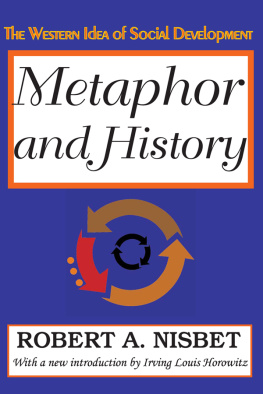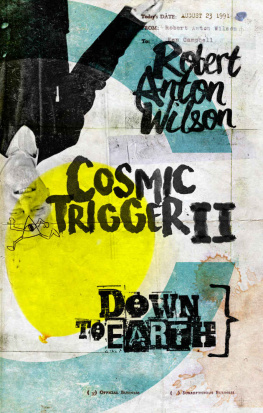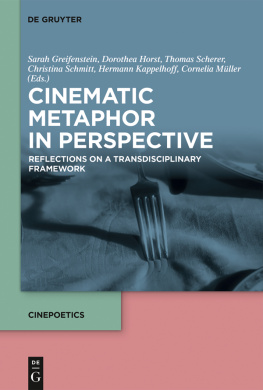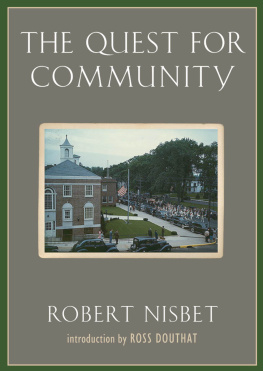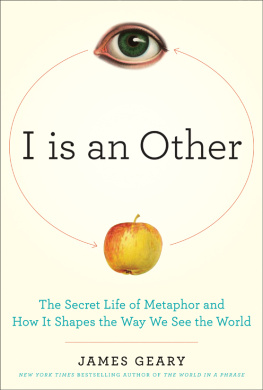Metaphor and History
THE WESTERN IDEA OF SOCIAL DEVELOPMENT
Metaphor and History
ROBERT A. NISBET
With a new introduction by Irving Louis Horowitz
Originally published in 1969 by Oxford University Press, New York, NY
Published 2009 by Transaction Publishers.
Published 2017 by Routledge
2 Park Square, Milton Park, Abingdon, Oxon OX14 4RN
711 Third Avenue, New York, NY 10017, USA
Routledge is an imprint of the Taylor & Francis Group, an informa business
New material this edition copyright 2009 by Taylor & Francis.
All rights reserved. No part of this book may be reprinted or reproduced or utilised in any form or by any electronic, mechanical, or other means, now known or hereafter invented, including photocopying and recording, or in any information storage or retrieval system, without permission in writing from the publishers.
Notice:
Product or corporate names may be trademarks or registered trademarks, and are used only for identification and explanation without intent to infringe.
Library of Congress Catalog Number: 2009000211
Library of Congress Cataloging-in-Publication Data
Nisbet, Robert A.
[Social change and history]
Metaphor and history : the Western idea of social development /
Robert A. Nisbet; with a new introduction by Irving Louis Horowitz.
p. cm.
Originally published under title: Social change and history.
Includes bibliographical references and index.
ISBN 978-1-4128-0878-1 (acid-free paper)
1. Social change. 2. Historical sociology. I. Title.
HM891.N57 2009
303.4091821--dc22
2009000211
ISBN 13: 978-1-4128-0878-1 (pbk)
TO FREDERICK J. TEGGART, 18701946,
whose book it is
CONTENTS
This is a book written and published at the conclusion of the fever of the decade of the sixties. The decade had many unique elements to be sure, but it also embraced a series of myths that Robert A. Nisbet sought to dispel: among some of these one might highlight the metaphorical notions that freedom is liberation, rights displace the need for obligations, education is enlightenment, change is progress, and wealth is development. In this entire work there is scarcely a mention of terms like conservative, liberal, or radical. Instead, we are offered a series of measured distinctions making it clear that moving about is not the same as moving up.
Nisbet takes particular aim at nineteenth-century notions of historical determinismof idealistic and materialist varieties alike, and no less of early twentieth-century images of biological determinismfunctionalist and organic varieties alike. The sources derive largely from the Enlightenment thirst for change, embellished by Kants ceaseless search for the laws of progress and Condorcets attempt to convert the idea of progress into a passion for change as an end unto itself. Nisbet is unyielding in locating the mischief of unexamined contemporary laws of development in Comtes typologies of scientific religion, especially his notion that knowledge uniquely resides in the selectist part, the vanguard of the human race that Comte took for granted that largely resides in the greater part of the white race, or the European nations.
Nisbet ruefully reminds his readers that such racialist and nationalist sentiments were not limited to the supposed founder of sociology, but would have been found utterly acceptable by Hegel, Marx, Spencer, Morgan, Tylor and the other social evolutionists of the century (318). Indeed., there is more than ample evidence for Nisbets surmise. But the irony of such a passion for change, even granted the gentle sway of latter day liberal sentiments, is that they seemingly resulted in anti-liberal forms of despotism. Commenting on Condorcet, the most dedicated radical of the last stage of the French Enlightenment tradition, Nisbet tells us in dark but pungent terms that it is a mark of not simply prophetic passion but of scientific conviction that Condorcet was able to forecast this benign future while hiding from the Jacobin police (121).
The history of much radical prognostication has ended up in forecasts offering desultory even murderous consequences. Nisbets years as Dean in the University of California system most assuredly made him sensitive to the consequences of translating the passions of the street into the passions of the classroom. Both end finally in blind rage toward those deemed simple agents of authority and therefore fit subjects for punishment. Such years in higher education are beautifully recorded in his memoir of Berkeley in the Depression and World War II in Teachers and Scholars, and bitterly in the betrayal of the university and its calling in The Degradation of the Academic Dog ma.
The sharp critique of civilization in Metaphor and History centers on the uses of metaphor to explain large chunks of specific places and time. Nisbet claims that such generalizations essentially confuse peoples past and present who must live in quotidian rather than in metaphorical terms. Social scientists turned ideologists embellish what we cannot live without: dogma and prophecy. Belief in providential guidance is a dogma, so is belief in revolutionary progressor if we prefer belief in cyclical recurrence or in the transhistorical nature of redemption. All do their part in the inalienable pact of the human condition and of human aspiration (246-247).
So what then does Nisbet offer in the way of an alternative to such metaphorical uses of civilization? Rather than provide an easy answer, Nisbet goes on to castigate policy intellectuals such as Walt W. Rostow; who in developing stages of economic growth simply recreated from a conservative vantage point the Marxism he sought to replace or displace. The same sort of charges are levied against Neil Smelsers Parsonian notion of social change in the industrial revolution, and Marion J. Levys work on modernization in China and the stresses and strains of the West. Nor do the anthropologists escape Nisbets critical net. Indeed, his sharp view is that the great dilemma in anthropological work is the demand for theories of continuity while at the same time its practitioners assert the need for studying change as a series of discrete and unique events.
Nisbet is pellucid as to what cannot be done: one cannot deduce the nature of change from social structure. What ultimately we are left with is the study of real history, actual sources, causes, and conditions of overt changes in the structure of societies. Nisbet offers as an option generalization from the empirical and the concrete, rather than generalization extrapolated from metaphors and analogical reasoning. The demands to be met by theory are rooted in social realityand this is located in the historical record. He reminds us that all else is surely secondary (304). But such an ending places us right back to the start of the process of analysis itself, since social scientists are often drawn to extrapolations from history. Indeed, even paradigms drawn from the history or ideas, historical materialism, or scientific history are claims made by theorists to harness real life to specific ideological thinking.
There remains the vexing and still unresolved problem for Nisbet that was first opened up in the 1930s by Maurice Mandelbaum in The Problem of Historical Knowledge, and by Karl Mannheim in his much more famous work on the sociology of knowledge, Ideology and Utopia.


